Baltimore is undoubtedly a place with a rich history, diverse culture, and a thriving economy. They are known to be the place where the National Anthem was composed. They are the home of the Orioles and Ravens. Crab cakes are the best in Baltimore as well.
Nevertheless, Baltimore can also boast of some of the richest communities in the United States. From beautiful rowhouses to high-end condominiums, Baltimore teems with beautiful neighborhoods.
So, sit back, relax, and enjoy our list of the 9 richest neighborhoods in Baltimore.
9. Lauraville
Year developed: late 19th century
Population: 6,310 people (as of 2020)
Land area: 1.2 sq miles2 (3.2 km2)
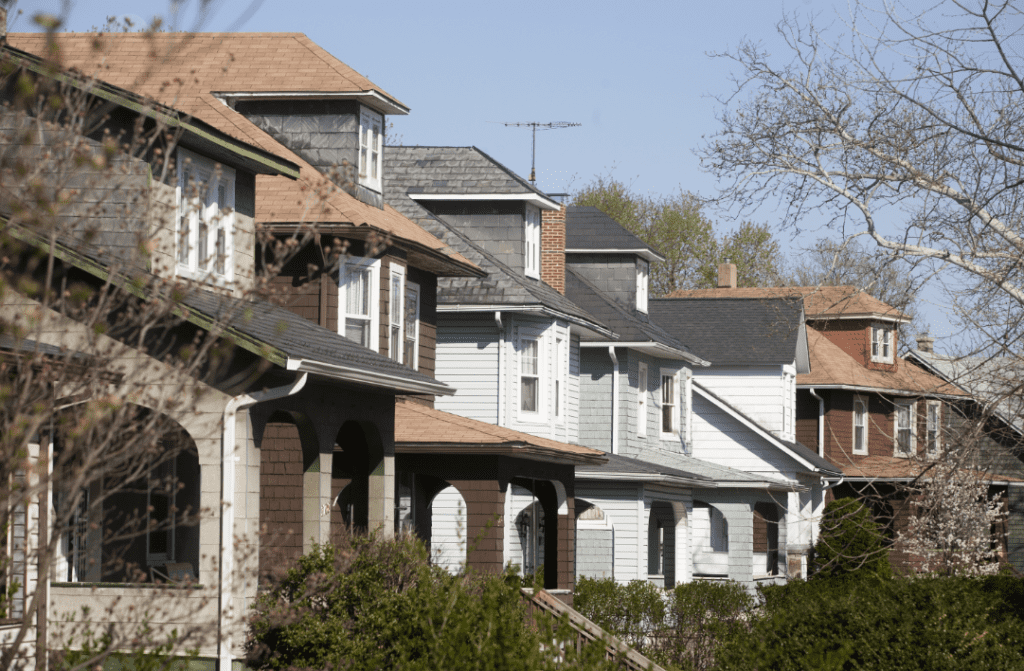
Lauraville is part of a thriving neighborhood network including Beverly Hills, Morgan Park, Waltherson, Hamilton, and Arcadia. Thus, living in Lauraville would give you a sense of being part of a greater community in Baltimore.
Lauraville was originally developed as a streetcar suburban community in the late nineteenth century. Its beautiful architecture and landmarks still reflect this rich history.
The homes in this neighborhood were constructed according to popular styles at the time. These included Queen Anne, Colonial Revival, and Tudor Revival. Lauraville is a beautiful blend of natural and urban beauty, thanks to its proximity to Herring Run Park, a wildlife and nature oasis that covers 375 acres of land.
Did you know?
Lauraville was named after the daughter of Edward J. Keene, the neighborhood developer. The formation of Lauraville resulted from the subdivision of the large estate known as Belair-Edison.
8. Brooklandville
Year developed: early 19th century
Population: 10,266 people (as of 2020)
Land area: No available data

Brooklandville is a fascinating neighborhood located just a few minutes from the city. You’ll be pleasantly surprised to see how spacious the homes are here. Plus, you’ll find charming tree-lined roads that make the place even more serene.
Historically, Brooklandville was an important stop on the Baltimore-York Turnpike in the 18th century. Thus, the neighborhood has a mixture of older homes and more recent constructions, creating an interesting blend of old with new.
The community has a strong love for horses. Thus, you’ll find the Green Spring Valley Hunt Club in the area, a prestigious club for equestrians serving the community since 1892. Aside from that, the neighborhood has several parks, such as Robert E. Lee Memorial Park.
Did you know?
Brooklandville is home to St. Paul’s School for Girls, an old school established in 1959. As a private school for girls, the school offers education in grades 5 through 12 with inclusion and compassion as its main virtue.
7. Mount Washington
Year developed: early 20th century
Population: 5,322 people (as of 2020)
Land area: 2.09 sq miles2 (5.40 km2)
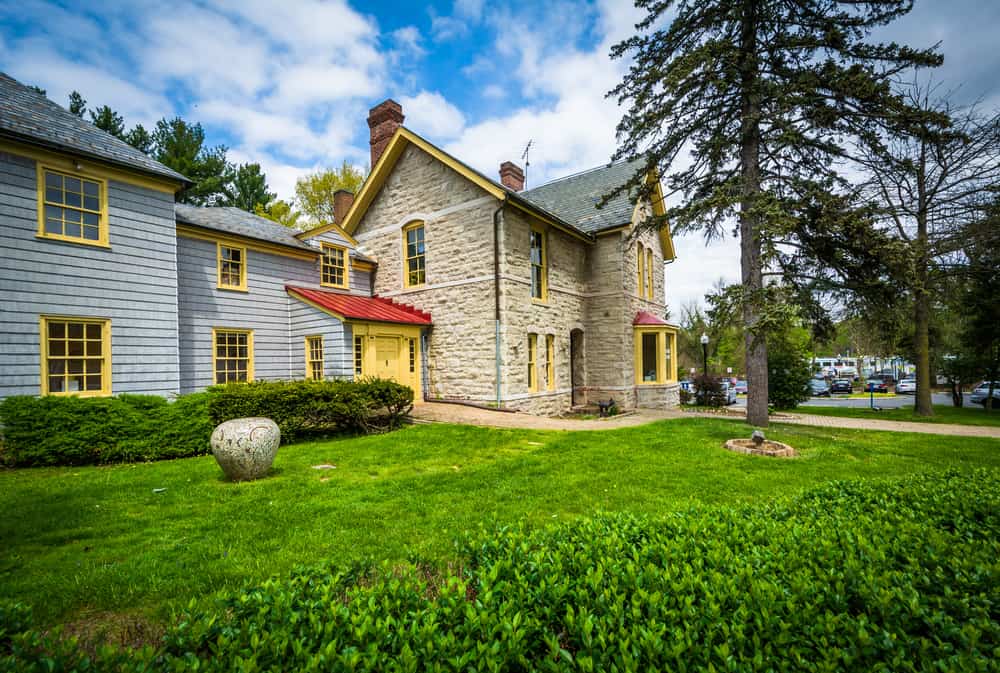
The charming neighborhood of Mount Washington was named after the famous Washington Monument located in nearby Baltimore City. It gives residents a unique way of combining urban serenity and convenience.
The stunning variety of architectural styles found on Mount Washington is one of its most striking features. The neighborhood’s unique history and architecture are evident in the homes, which range from Colonial Revival to Tudor Revival, Arts and Crafts, and Georgian.
Mount Washington, despite its serene surroundings, is not isolated. It is just a short drive away from downtown Baltimore. This makes it an ideal spot for professionals who want to be near the action but still enjoy the quiet and privacy of suburban living.
Did you know?
Mount Washington is home to the 6-acre park known as Mount Washington Arboretum. The site’s main attraction is the walking and hiking trail that stretches over 250 yards with various native plant species planted all around the area.
6. Poplar Hill
Year developed: early 20th century
Population: 2,102 people (as of 2021)
Land area: 1.17 sq miles2 (3.09 km2)
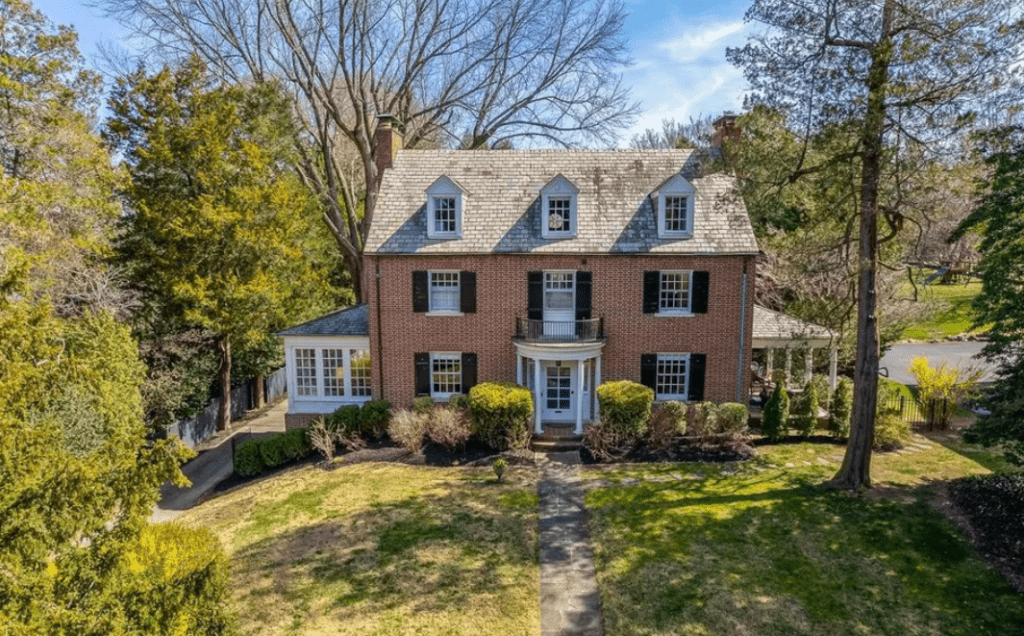
Poplar Hill in Baltimore is an idyllic neighborhood featuring some of the state’s best architectural works. Here you will find beautiful houses that are well-maintained; tree-lined streets; and an environment similar to suburban living that’s hard to come by within city limits.
Many of the homes in this neighborhood were constructed during the early 20th century, and you will notice their distinctive architectural styles, such as Colonial Revival and Tudor Revival.
Poplar Hill is a peaceful, tranquil neighborhood near shopping centers and restaurants. Being so close to Baltimore’s central business district makes this location even more accessible; residents have easy access to Baltimore’s vibrant cultural and entertainment scene.
Did you know?
Poplar Hill is served by Baltimore Polytechnic Institute, founded in 1883. It started as an engineering school through the effort of Joshua Plaskitt. Today, the school offers excellent STEM education.
5. Homeland
Year developed: early 1920s
Population: 2,465 people (as of 2015-2019 estimate)
Land area: 1.17 sq miles2 (3.09 km2)

Homeland is located in Baltimore City’s northern part and boasts beautifully designed structures and landscapes. Homeland is so spectacularly designed that it was part of Worth Magazine’s 50 Best Urban Areas award. Houses here are large, spectacular, and impressive, effectively increasing the value of properties within and around the area.
Did you know?
Homeland was listed on the National Register of Historic Places in 2009 due to its unique architecture and landscape development. Many homes designed by some of America’s most acclaimed architects, like Clyde Friz, Lawrence Hall Fowler, and Edward Palmer, were located here.
4. Roland Park
Year developed: late 19th century
Population: 6,515 people (as of 2015-2019 estimate)
Land area: 1.62 sq miles2 (4.19 km2)
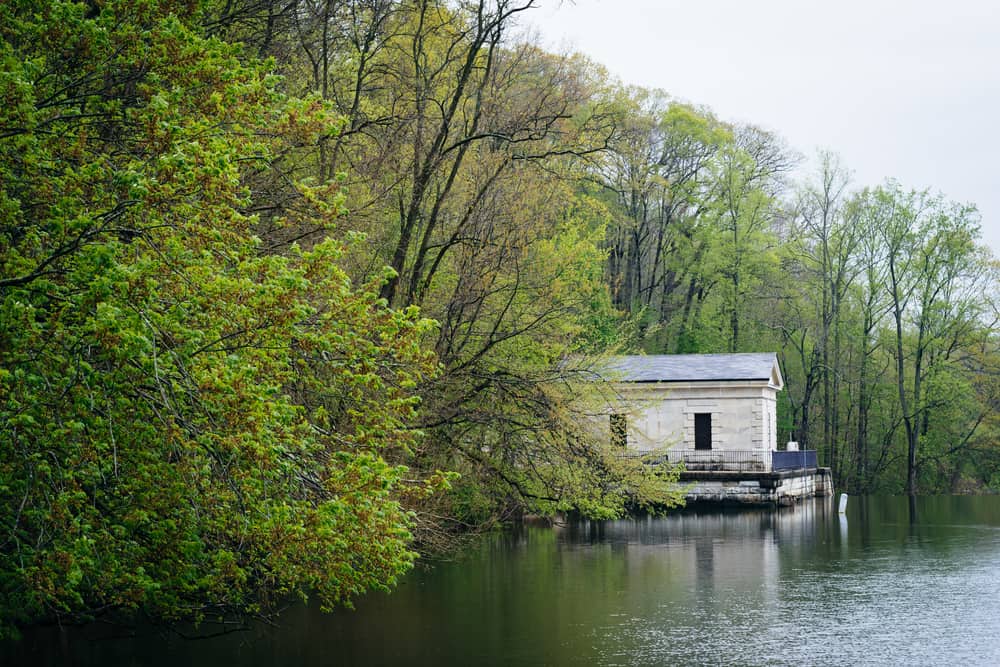
Roland Park is a historic neighborhood in Baltimore that exudes serenity and relaxation, boasting beautiful architecture, winding streets, lush greenery, and breathtaking views.
Roland Park’s homes are one of its defining characteristics, boasting various architectural styles from Victorian mansions to sleek modern designs.
Roland Park is home to some of Baltimore’s premier schools, such as Gilman School and Roland Park Country School. It boasts an active community that hosts annual events and regular activities for residents.
Did you know?
Roland Park is one of the first planned communities in the US. This historic neighborhood stretches from Northern Parkway to Falls Road. Frederick Law Olmsted Jr designed Roland Park in 1891. He was the son of the landscape architect who also created Central Park in New York.
3. Ruxton
Year developed: late 19th century
Population: no available data
Land area: 2.47 sq miles2 (6.39 km2)

Ruxton’s charming hill community, located north of Baltimore City, is a hidden gem in Maryland’s landscape. Ruxton is known for its spacious homes on large lots and mature tree cover; yet only minutes away from Baltimore’s attractions and amenities.
Ruxton offers an active and engaged community. For example, one of Maryland’s oldest community associations — The Ruxton-Riderwood-Lake Roland Area Improvement Association (RRLRAIA). — can be found here.
Did you know?
Ruxton is named after Nicholas Ruxton Moore, a commander and captain of the Baltimore Light Dragoons in the American Revolution War. In 1794, he also took part in the suppression of the Whiskey Revolt. This was the year that Ruxton was purchased.
2. Evergreen
Year developed: late 19th century
Population: about 1,323 people (as of 2015 to 2019)
Land area: no available data

Evergreen was originally developed to serve Baltimore’s elite and wealthy families, and today remains one of the city’s affluent neighborhoods.
Charming and wealthy neighborhood with stately homes, tranquil environments, and gorgeous tree-lined streets. Many homes were constructed during the early 20th century; featuring Georgian, Tudor, Colonial, or Mediterranean architectural designs.
Did you know?
The Evergreen Mansion, located within the neighborhood, is one of the most notable landmarks in the area. Today, the mansion, surrounded by gardens and wooded land, houses the Johns Hopkins University’s Evergreen Museum and Library.
1. Guilford
Year developed: early 1900s
Population: about 3,000 people (as of 2015 to 2019)
Land area: 0.88 sq miles2 (2.28 km2)
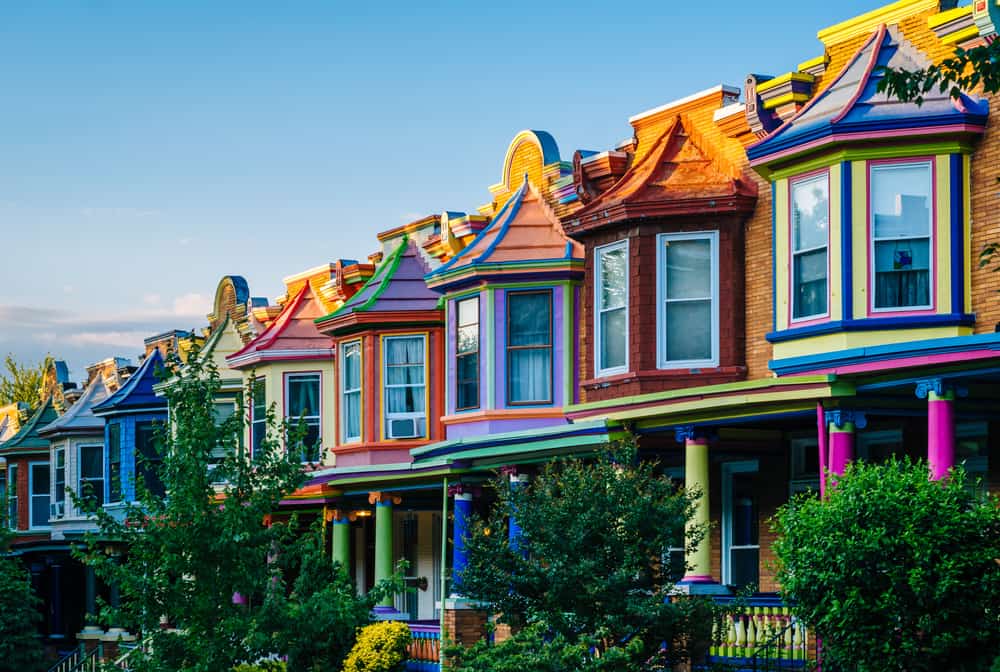
Guilford is the richest neighborhood in Baltimore. This stunning residential neighborhood has lush gardens, historic landmarks, and magnificent homes.
Guilford was initially designed as a park-like community. Thus, when walking through this neighborhood, you’ll see each home built on beautifully landscaped lots and winding streets lined with towering trees and lush green spaces that create an atmosphere of serenity.
While in Baltimore, visit the Baltimore Museum of Art — an enchanting sculpture garden featuring over 30 outdoor pieces!
Did you know?
Guilford is home to the beautiful and picturesque Sherwood Gardens. It’s a six-acre park with about 80,000 tulips and other flowers and plants such as Dogwoods, wisteria, flowering cherries, and magnolias.
